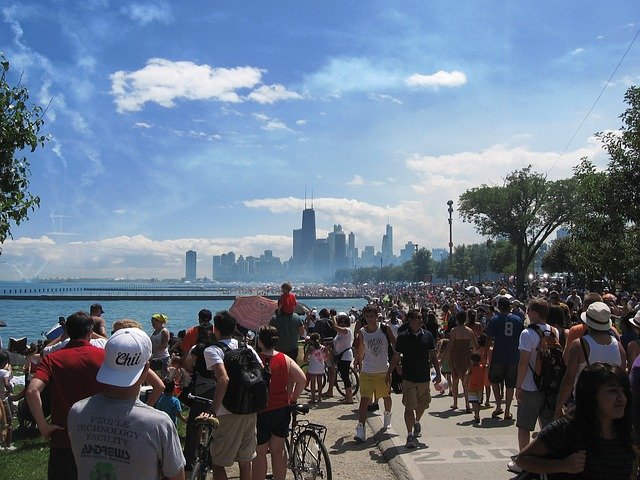
The primary information from an experiment in a California metropolis the place needy folks get $500 a month from the federal government exhibits they spend most of it on issues resembling meals, clothes and utility payments. Related Press reviews:
The 18-month, privately funded program began in February and entails 125 folks in Stockton…. However critics say the experiment possible gained’t present helpful data from a social science perspective given its restricted measurement and length. Matt Zwolinski, director of the Middle for Ethics, Economics and Public Coverage on the College of San Diego, mentioned folks aren’t prone to change their conduct in the event that they know the cash they’re getting will cease after a yr and a half. That’s one motive why he says the experiment is “actually extra about story telling than it’s about social science.” Plus, he mentioned earlier research have proven folks don’t spend the cash on frivolous issues. “What you get out of a program like that is some pretty compelling anecdotes from folks,” he mentioned. “That makes for good public relations if you’re attempting to drum up curiosity in a primary revenue program, but it surely doesn’t actually let you know a lot about what a primary revenue program would do if carried out on a long-term and large-scale foundation.”
The researchers overseeing this system, Stacia Martin-West on the College of Tennessee and Amy Castro Baker on the College of Pennsylvania, mentioned their aim is to not see if folks change their conduct, however to measure how the cash impacts their bodily and psychological well being. That information will probably be launched later….
Since February, when this system started, folks receiving the cash have on common spent almost 40% of it on meals. About 24% went to gross sales and merchandise, which embody locations like Walmart and low cost greenback shops that additionally promote groceries. Simply over 11% went to utility payments, whereas greater than 9% went to auto repairs and gasoline. The remainder of the cash went to companies, medical bills, insurance coverage, self-care and recreation, transportation, training and donations…. “Persons are utilizing the cash in ways in which give them dignity or that provides their children dignity,” Castro-Baker mentioned, noting individuals have reported spending the cash to ship their youngsters to promenade, pay for dental work and purchase birthday desserts.